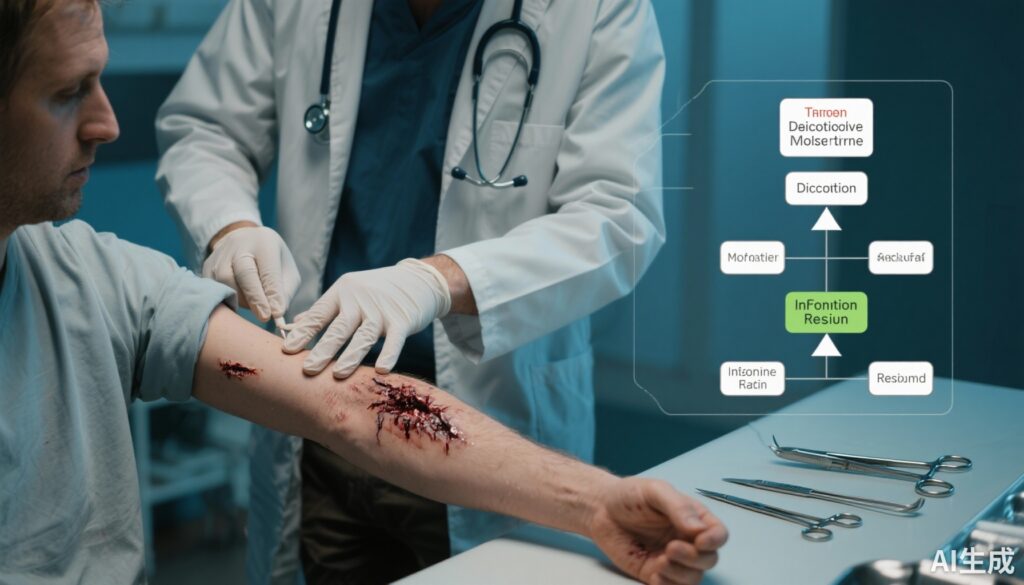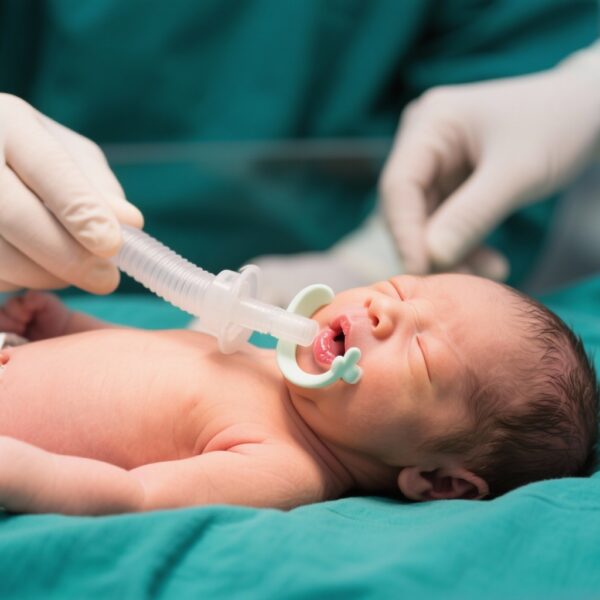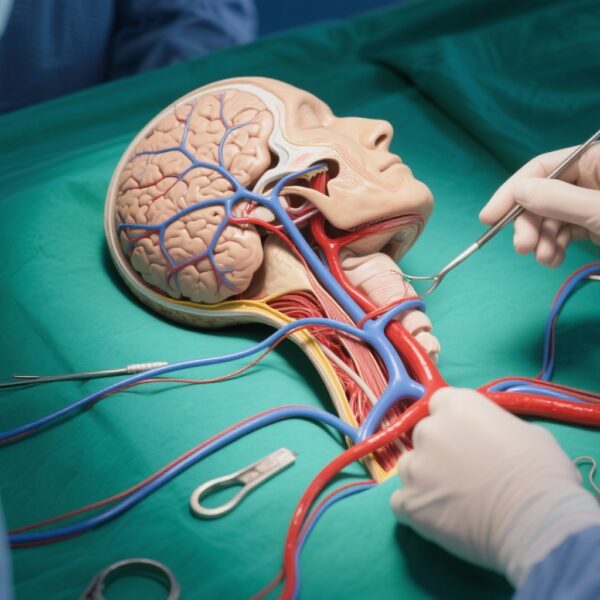Introduction
Animal bite injuries constitute a significant clinical challenge worldwide, increasingly encountered in emergency and surgical settings. Such injuries predominantly present as penetrating wounds, lacerations, crushing injuries, and tissue ruptures inflicted by animals including dogs, cats, rodents, and equines. These wounds carry risks extending beyond immediate tissue damage to encompass infectious complications, disfigurement, zoonotic transmissions, and in rare cases, mortality. Particularly, plastic surgery plays a critical role not only in the restoration of function and aesthetics but also in the management of complex wounds resulting from animal bites. This article reviews findings from a comprehensive investigation at Balıkesir University Health Practice and Research Hospital from January 2020 to February 2025. The study evaluated injury patterns, clinical management, and the utility of a predictive decision tree model to guide treatment and anticipate complications in animal bite patients undergoing plastic surgical interventions.
Study Background
Animal bites represent an ongoing clinical concern due to their complex injury profiles and potential for severe complications. Dogs, cats, and rodents together make up the majority of bite sources encountered in hospital settings, each with distinct injury mechanisms and risk profiles. The increasing frequency of such injuries demands evidence-based algorithms to optimize care pathways, reduce morbidity, and improve functional and cosmetic outcomes. Moreover, pinpointing predictors of adverse outcomes such as infections, prolonged hospitalization, or need for secondary surgeries is essential to tailoring preventive and therapeutic strategies. Against this context, the inclusion of plastic surgery perspectives addresses the reconstructive needs that often accompany these wounds.
Study Design and Methods
The study retrospectively and prospectively analyzed data from 981 patients admitted with animal bite injuries over a five-year period. Demographic parameters, injury mechanisms, anatomical sites affected, and interventions including plastic surgery procedures were meticulously recorded. The intervention strategy predominantly emphasized primary wound closure but included more complex reconstructive approaches where indicated. The research incorporated the construction of a decision tree model used to predict complication risks based on clinical variables such as animal type, injury location, antibiotic administration, patient age, and vaccination status. Outcomes encompassed discharge rates, hospitalization duration, frequency of outpatient follow-ups, and complication incidence.
Key Findings
The patient cohort was 54.2% female and 45.8% male. Dogs accounted for the majority (83.9%) of injuries, followed by cats (9.0%) and rodents (5.4%). The majority underwent primary suturing (55.05%), while 14.07% required referral to plastic surgery.
Among patients managed surgically, 62.1% were discharged directly from the emergency setting, whereas 24.8% necessitated hospital admission. Mean hospitalization durations varied by animal type, with equine bites averaging seven days, the longest among cohorts, compared to four days for dog bites, two days for cat bites, and six days for rodent bites. The average number of outpatient clinic visits corresponded closely with hospitalization duration, indicating extended follow-up for more severe cases.
Crucially, the predictive decision tree model identified antibiotic therapy, animal type, and injury location as significant predictors of complications such as infection and wound healing delays. Older age and absence of vaccination (presumably tetanus and rabies prophylaxis) further increased complication risk, underscoring the importance of comprehensive preventive care.
Role of Plastic Surgery in Management
Plastic surgical interventions were pivotal in managing complex bite injuries characterized by significant tissue loss, crushing, or contamination. Primary suturing was common; however, plastic surgery techniques, including flap reconstruction and skin grafting, were reserved for cases where functional and aesthetic restoration were critical. The multidisciplinary management involving plastic surgeons optimized wound healing and minimized long-term deformities. This integrated approach is recommended in guidelines for management of severe bite injuries.
Discussion and Expert Commentary
This study’s sizable patient cohort and detailed analysis reinforce the clinical need for stratified management of animal bite wounds. The use of a decision tree predictive model offers a pragmatic tool for clinicians to identify high-risk patients who may benefit from aggressive interventions, including prophylactic antibiotics and plastic surgical referral.
Given the variability in bacterial flora among different animals, empirical antibiotic protocols must be tailored considering the animal involved, wound location, and contamination level. Older adults presented with increased complication risks, likely due to comorbid conditions and diminished immune function, highlighting the need for vigilant monitoring.
While the study provides robust insight, limitations include its single-center design and potential referral bias towards more severe cases requiring plastic surgery. Further multicentric prospective validation of the predictive model is warranted. Nevertheless, these findings align with current wound management guidelines and underscore the critical role of plastic surgery in functional and cosmetic outcomes after animal bites.
Conclusion
Animal bite injuries pose complex clinical challenges requiring multidisciplinary management. Primary wound closure remains the mainstay for uncomplicated bites; however, plastic surgery is essential for complex injuries to optimize outcomes. The developed predictive decision tree model incorporating antibiotic therapy, animal type, injury site, patient age, and vaccination status effectively forecasts complication risk and can guide targeted management. Adoption of this algorithmic approach can improve clinical decision-making, reduce morbidity, and enhance patient care in animal bite injuries.
References
Işıktekin E, Babaarslan E. Approach and treatment algorithm to animal bites the role of plastic surgery in animal bites: injury profiles and treatment approaches. Ann Med. 2025 Dec;57(1):2556251. doi: 10.1080/07853890.2025.2556251. Epub 2025 Sep 4. PMID: 40908701; PMCID: PMC12415996.
Other supporting literature can be referred from leading wound care guidelines and infectious disease protocols regarding animal bite management, emphasizing multidisciplinary care and infection prophylaxis.



